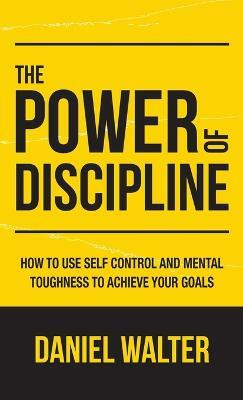
IGNOU BZYCT 131 Animal Diversity Study Material (In Depth Easy Guide) For Ignou Student. (Paperback, BMA Publication)
Share
IGNOU BZYCT 131 Animal Diversity Study Material (In Depth Easy Guide) For Ignou Student. (Paperback, BMA Publication)
Be the first to Review this product
₹480
₹999
51% off
Coupons for you
T&C
Available offers
T&C
T&C
T&C
Delivery
Check
Enter pincode
Delivery by18 Jul, Friday
?
if ordered before 11:59 AM
View Details
Highlights
- Binding: Paperback
- Publisher: BMA PUBLICATION
- ISBN: 9787770712807
- Edition: LATEST, 2024
- Pages: 55
Services
- Cash on Delivery available?
Seller
Description
IGNOU BZYCT 131 on Animal Diversity would involve covering various aspects of animal biology in a clear and comprehensive manner. While I can't provide a full guidebook, I can outline key topics and suggest resources for each.
Introduction to Animal Diversity:
Definition and scope of animal diversity.
Importance of studying animal diversity in biology and ecology.
Overview of the classification of animals and the major animal phyla.
Animal Body Plans and Symmetry:
Description of animal body plans (e.g., radial symmetry, bilateral symmetry).
Evolutionary significance of symmetry in animal diversity.
Examples of animals with different body plans and symmetry.
Phylum Porifera (Sponges):
Characteristics and diversity of sponges.
Anatomy and physiology of sponges.
Ecological roles and importance of sponges in marine ecosystems.
Phylum Cnidaria (Jellyfish, Corals, Anemones):
Overview of cnidarians and their diversity.
Anatomy, physiology, and life cycle of cnidarians.
Ecological roles and economic importance of cnidarians.
Phylum Platyhelminthes (Flatworms):
Characteristics and diversity of flatworms.
Anatomy, physiology, and reproduction of flatworms.
Parasitic flatworms and their impact on human health.
Phylum Annelida (Segmented Worms):
Overview of annelids and their diversity.
Anatomy, physiology, and locomotion of segmented worms.
Ecological roles of annelids in terrestrial and aquatic environments.
Phylum Arthropoda (Insects, Crustaceans, Arachnids):
Characteristics and diversity of arthropods.
Anatomy, physiology, and reproduction of arthropods.
Ecological and economic importance of arthropods.
Phylum Mollusca (Mollusks):
Overview of mollusks and their diversity.
Anatomy, physiology, and life cycle of mollusks.
Ecological roles and economic importance of mollusks.
Phylum Echinodermata (Echinoderms):
Characteristics and diversity of echinoderms.
Anatomy, physiology, and reproduction of echinoderms.
Ecological roles of echinoderms in marine ecosystems.
Resources and Further Reading:
Recommended textbooks for animal diversity (e.g., "Invertebrates" by Richard C. Brusca and Gary J. Brusca, "Biology of the Invertebrates" by Jan A. Pechenik).
Online resources such as videos, articles, and interactive learning modules.
Practice exercises, quizzes, and self-assessment tools.
Read More
Specifications
Book Details
| Publication Year |
|
| Exam |
|
| Number of Pages |
|
University Books Details
| Degree/Diploma |
|
| Specialization |
|
| Subject |
|
Additional Features
| Age Group |
|
Dimensions
| Width |
|
| Height |
|
| Depth |
|
| Weight |
|
In The Box
|
Be the first to ask about this product
Safe and Secure Payments.Easy returns.100% Authentic products.
Back to top




